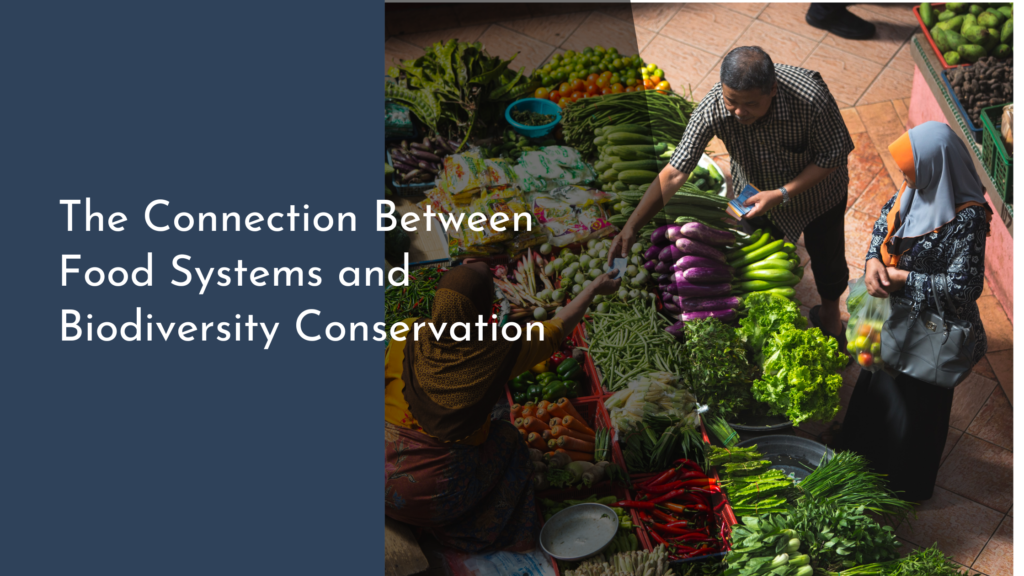The Role of Urban Forests in Improving Social Connectivity
Urban forests—those lush pockets of greenery nestled within our bustling cities—play a vital role in enhancing the quality of life for urban dwellers. These green spaces are more than just attractive landscapes; they serve as vibrant hubs where the community can come together, connect, and grow. In an age where technology often supersedes face-to-face interactions, urban forests remind us of the importance of nature in forging social bonds and fostering a sense of belonging.
This article explores the multifaceted role of urban forests in improving social connectivity. From encouraging friendships to enhancing community health, urban forests are nature’s community builders, creating environments that bring people together, cultivate relationships, and strengthen neighborhoods. Let’s dive into how these green oases contribute to our social fabric and well-being.
Discovering Urban Forests: Nature’s Community Builders
Urban forests are more than just collections of trees; they embody a complex ecosystem that invites community interaction. Parks, gardens, and wooded areas serve as spaces where people from diverse backgrounds can congregate for various activities, such as picnics, yoga classes, or community events. These shared experiences in nature foster a sense of camaraderie, fostering connections among community members who might not have otherwise crossed paths.
Moreover, urban forests play a crucial role in creating safe havens for relaxation and socialization. The natural beauty and tranquility of these spaces encourage individuals and families to spend time outdoors, reducing the barriers often experienced in urban settings. When people gather in these green areas, they are more likely to engage in conversations, share stories, and form friendships, thereby enriching their social networks and enhancing community ties.
How Green Spaces Foster Friendships and Connections
Green spaces are a melting pot for community interaction, providing the perfect backdrop for friendships to blossom. Whether it’s children playing together in a park or neighbors striking up conversations during morning jogs, urban forests cultivate an environment conducive to socialization. The informal atmosphere created by these spaces allows for spontaneous interactions that can lead to lasting relationships, reinforcing the idea that nature is a wonderful catalyst for connection.
In addition, organized community events held in urban forests—such as tree planting days, outdoor movie nights, or cultural festivals—further enhance social connectivity. Such events not only bring people together for a common cause but also celebrate local culture and values. The collective participation in these activities fosters a sense of pride and belonging among residents, solidifying the bonds that tie them to one another and their shared environment.
The Health Benefits of Connecting with Nature Together
Engaging with nature has proven health benefits, and experiencing these benefits in urban forests can enhance social connectivity. Studies show that spending time in green spaces can reduce stress, anxiety, and depression, contributing to overall well-being. When people gather in these natural settings, they not only boost their physical health through activities such as walking or playing but also experience emotional benefits through social interactions, creating a positive feedback loop for mental wellness.
Moreover, the shared enjoyment of urban forests can encourage healthier lifestyles. By promoting outdoor activities and social engagement, these green spaces can motivate community members to exercise together, partake in group classes, or simply enjoy leisurely strolls. This collective commitment to health fosters deeper connections among residents, as they support and encourage one another in their journeys toward better physical and mental well-being.
Building Stronger Communities Through Urban Forestry Efforts
Urban forestry initiatives can significantly enhance social cohesion by involving community members in the planning and maintenance of green spaces. When residents participate in the stewardship of their local forests, they develop a sense of ownership and responsibility, leading to a stronger emotional connection with their environment. Such involvement often translates into increased engagement in other community issues, creating a more vibrant and active neighborhood.
Additionally, urban forestry projects can serve as a platform for cross-cultural exchange and collaboration. By bringing together diverse groups to work on green initiatives, cities can promote inclusivity and understanding among residents from different backgrounds. These shared experiences foster goodwill, making urban forests not just physical spaces but also bridges that connect people, ideas, and cultures, ultimately resulting in a more unified community.
In conclusion, urban forests are invaluable assets that significantly enhance social connectivity within cities. They serve as gathering places that foster friendships, promote health and wellness, and encourage community involvement. As we continue to recognize the importance of these green spaces, it becomes essential for cities to invest in urban forestry efforts that support and strengthen our social fabric. By cherishing and nurturing our urban forests, we not only enrich our lives but also build a more connected and resilient community for future generations.

